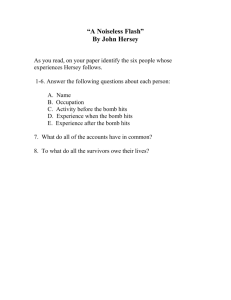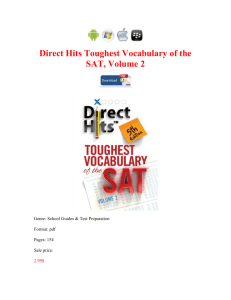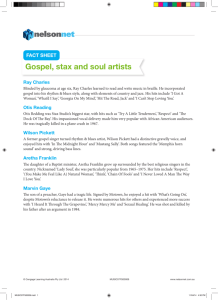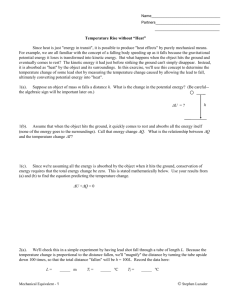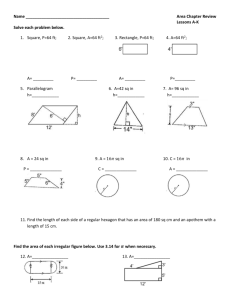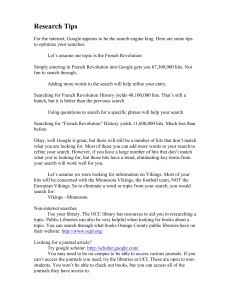The Application of Constructivist Techniques to Online
advertisement
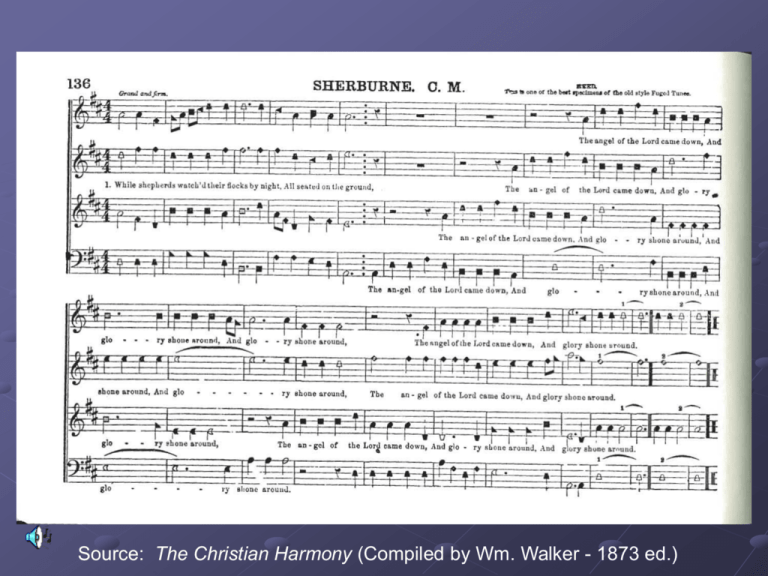
Source: The Christian Harmony (Compiled by Wm. Walker - 1873 ed.) The Application of Constructivist Techniques to an Online Graduate Music Education Course By Dan A. Keast Rationale for Study James & Voigt (2001): “online courses can access out-of-town experts for discussions and guest lectures.” 1883 – 1st distance course at U.W. 1932 – U. Iowa used TV’s in distance ed 1997 – Harvard had 10% of its $1.5 billion budget from online education Dyrud (2000) “virtual universities are popping up like mushrooms and that distance education offerings in traditional venues are multiplying like rabbits.” Rationale (continued) University of Phoenix Online 1997 – 4,700 students 2002 – 49,400 students 40% minority students Average age is 34 70% undergraduate 26% graduate 65% graduation rate! Related Literature Phipps & Merisotis (1999) “it seems clear that technology cannot replace the human factor in higher education.” Chickering & Ehrmann (1996) “good practice uses active learning techniques” WebQuest Dodge (1996) “an inquiry-oriented activity in which some or all of the information that learners interact with comes from resources on the Internet.” Six Step Cookbook-Style Recipe Introduction The activity or task at hand The process of the activity Resources or information sources Evaluation of the learner’s project Conclusion Salmon (2002) E-tivities Access and motivation Online socialization Information exchange Knowledge construction Development Jonassen (1999) Constructivist Learning Environment Problem or project Related cases Information resources Cognitive tools Conversation and collaboration tools Social / contextual support Perkins (1992) Components for a constructivist activity online should include: Information banks Symbol pads Construction kits Phenomenaria Task Managers Research Questions What services or resources would the participants use? Can this method of JavaScript be used to track and accurately represent a grad student’s research process? What resources are most popularly used in the participants' research process? How often and what time of day do these graduate students typically access course materials? Is the method of delivery an issue for the students or is it transparent enough to allow full investigation of the course material instead of learning the technology? Teacher-Research Design Collage page is a metaphor as the entrance for the class to explore their classroom 42 Tunebooks, 40+ listening examples, 30 web pages, tons of hyperlinks, anchors, built-in interaction, communication tools, and a checklist JavaScript tracking of participants’ pages visited and times the pages were opened In class presentations were the culminating activity Triangulation through tracking logs, pre- and post-surveys, and grade from presentation 1. What services or resources would the participants use? Tunebook.html - 19.22% of time (66 hits) Lesson.php - 3.65% of time (61 hits) Gather.html - 1.51% of time (32 hits) Present.html - 4.14% of time (23 hits) External links - 1.30% of time (21 hits) Library homepage - 3.52% of time (17 hits) Classroom.html - 1.84% of time (12 hits) Google.com - 2.39% of time (10 hits) Mailto links - 1.68% of time (9 hits) Music Index Online - 0.36% of time (8 hits) ERIC Database - 2.53% of time (7 hits) Individual tunebooks - 13.54% of time (50 hits) 2. Can this method of JavaScript be used to track and accurately represent a grad student’s research process? Researched the topic before viewing the primary sources Many did not complete the required readings before going into the activity Bonk (2001) “future studies of web-based conferencing and other forms of online learning can benefit from computer logs… [and] surveys.” 3. What resources are most popularly used in the participants' research process? Search pages accounted for 12.8% Viewing primary sources accounted for 13.5% Focus group pages accounted for 32.7% Activity-based pages accounted for 28.8% Assigned readings accounted for 6.5% Communication pages accounted for 2% 4. How often and how much time do these graduate students typically access course materials? Total time logged was 28 hours with 482 pages viewed Doctoral (2.3 hours) v. Masters (4.2 hours) Average pages viewed by the 8 participants was 60 Inter-rater reliability of the presentations was r = .843 between the two graders 5. Is the method of delivery an issue for the students or is it transparent enough to allow full investigation of the course material instead of learning the technology? Technology is an extension of the lesson, not a replacement for the educator Russell (1999) “learning is not caused by the technology but by the instructional method embedded in the media.” No participants accessed help via the IATS logo on the classroom page 1 participant downloaded Adobe 6.0 Implications for Educators Less pages with more content Offer several places for students to utilize search engines Assigned readings were not correlated to grades nor time heavy by these participants More scaffolding on each focus group page instead of the classroom metaphor page Primary sources were not viewed until they had researched about the sources first Suggestions for Future Research JavaScript issues Disable back button on the browser Hyperlinks do not open in new windows Logging out is essential Pacing of activities Lock topics to be claimed until a certain point Login page should direct to a personalized checklist page instead of the metaphor page Presentations Less directed and constructivist in nature Tie to standards in music Emphasize the transfer to their current classroom Larger sample size to corroborate these findings Thank you for attending this dissertation defense! What questions may I answer for you about this study?
